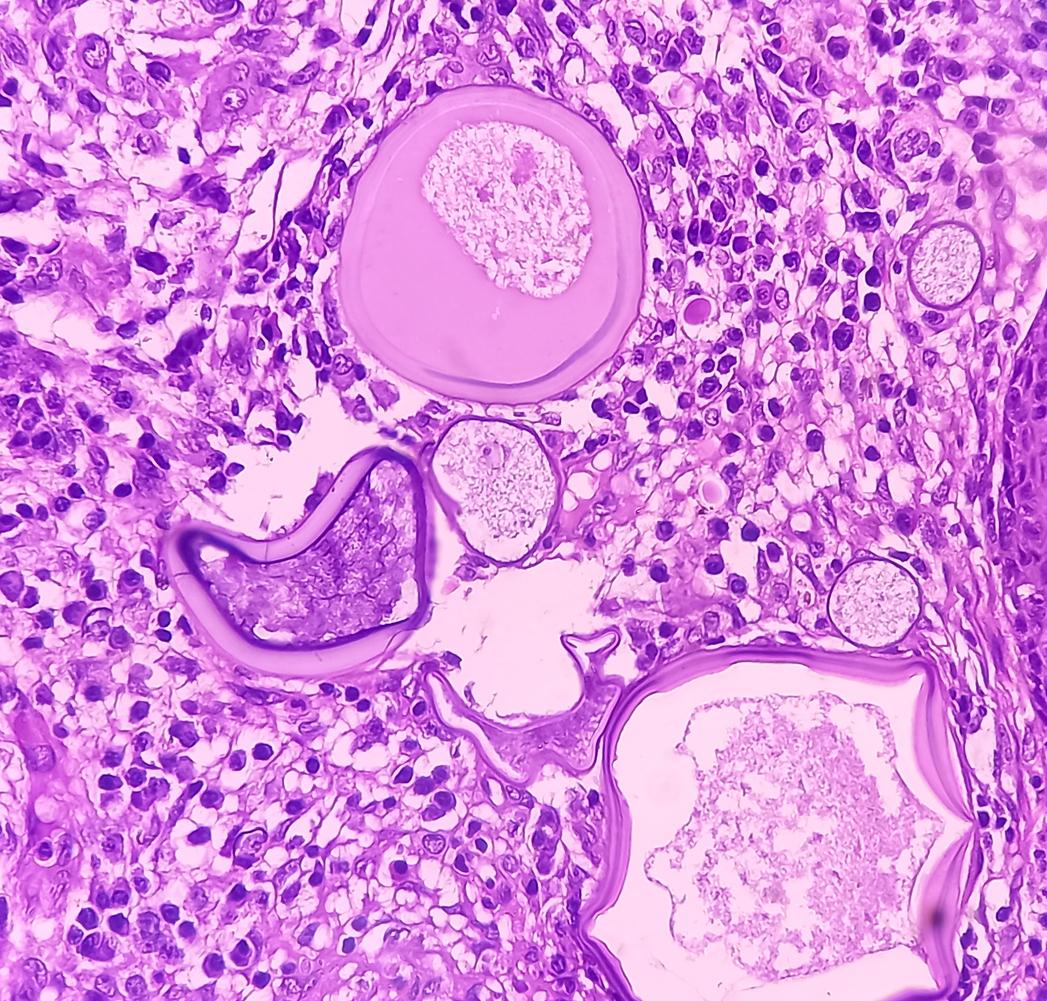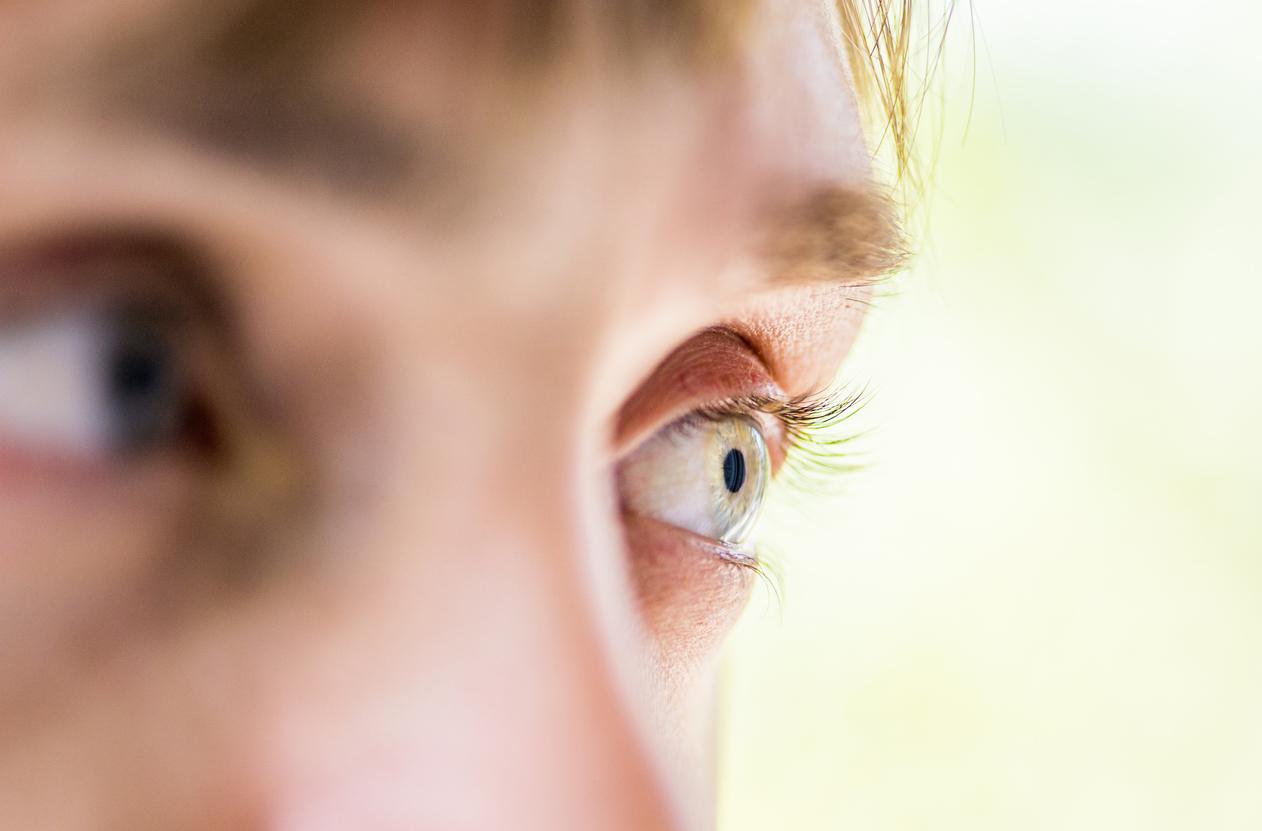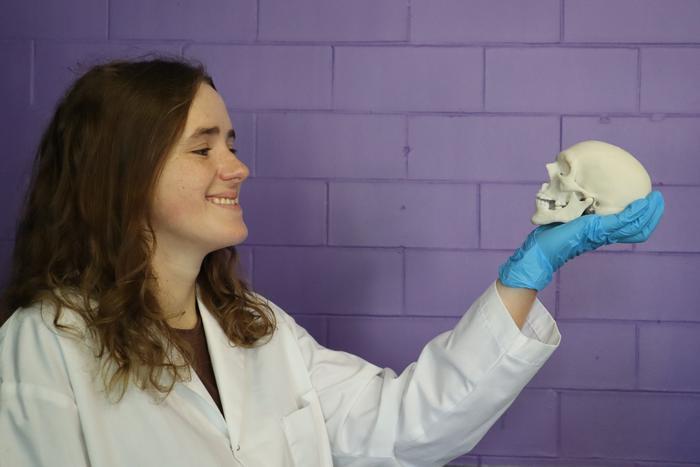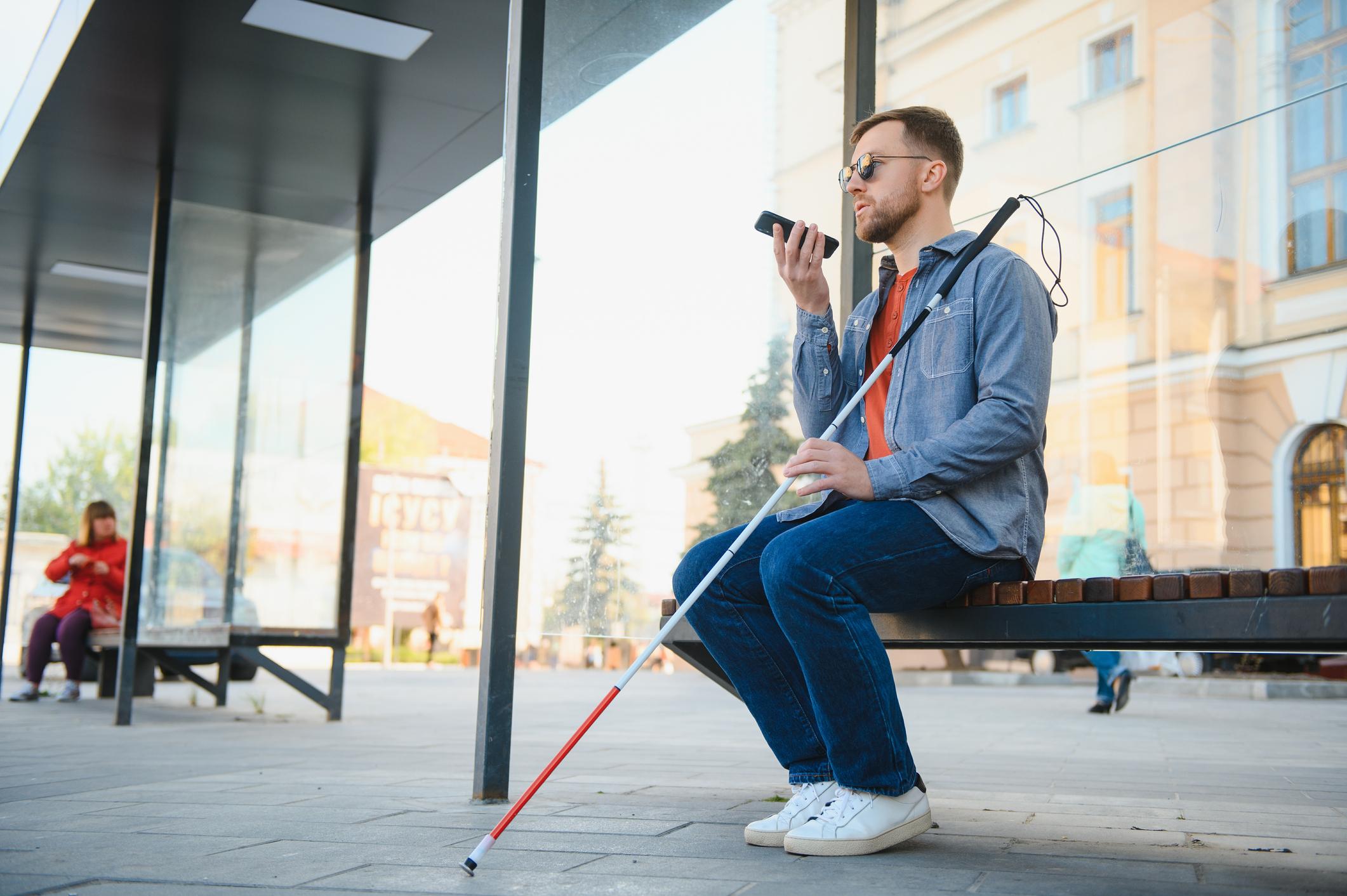The implant was made with collagen protein from pig skins.
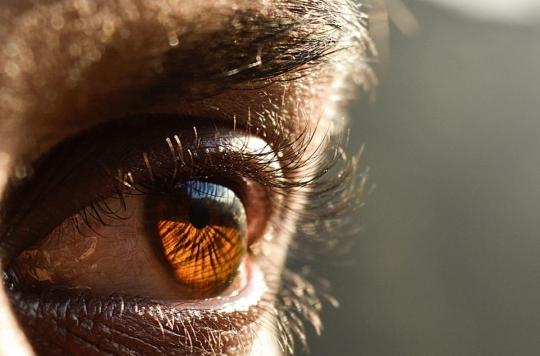
- The cornea is the outermost transparent layer of the eye.
- These pig skin corneas can be stored for up to two years before use, unlike human corneas, which must be transplanted within two weeks.
12.7 million people worldwide are blind because their corneas are damaged or diseased. A medical discovery could allow them to regain their sight. In Nature biotechnologyresearchers tell how an artificial cornea has allowed twenty people who are blind, or on the verge of blindness, to regain their sight.
Find an affordable and accessible method
For people who are blind due to a corneal problem, the only way to regain sight is to receive a transplant from a human donor. According to the authors of this study, only one in 70 patients achieves this for various reasons, including difficult access to medical care in the poorest regions of the planet. “We have gone to great lengths to ensure that our invention will be widely available and affordable to everyone, not just the wealthy.”says Mehrdad Rafat, the author and entrepreneur behind this research.
Collagen molecules from pig skin
To develop an artificial cornea, you need the protein collagen, the main compound of this human tissue. The researchers used collagen molecules from purified pig skin and produced under conditions suitable for human use. “The pigskin used is a by-product of the food industry, which makes it easy to access and economically advantageous”, they point out. These molecules have been stabilized to become a solid material, allowing its safe handling and implantation.
“The eyesight of the participants has improved”
Once the artificial cornea was developed, the scientists tested it on pigs, then in two countries: India and Iran, where cornea donations are insufficient. The surgeons implanted this cornea in twenty patients who are blind, or about to become so, because of keratoconus, a disease of the cornea. No complications were reported and “eight weeks of treatment with immunosuppressive eye drops was sufficient to prevent rejection of the implant”, say the authors. In the two years following the operation, the doctors followed the transplant patients, without any problems being reported. “Participants’ sight improved as much as it would have after a corneal transplant with donated tissue.”, say the scientists. At the end of the study, no patient was blind.
An accessible technique and material
“The results show that it is possible to develop a biomaterial that meets all the criteria for use as a human implant, which can be mass-produced.”, concludes Neil Lagali, professor in the Department of Biomedical and Clinical Sciences at the University of Linköping (Sweden), one of the researchers behind the study. Its implantation in the body is also one of the strong points of this new material: no stitches are necessary, the operation can be carried out with a state-of-the-art laser, or failing that, with simple surgical tools. “The method (…) has proven to be simpler and potentially safer than a conventional corneal transplant”, observe the authors. This could make it easier to access in most hospitals, regardless of region of the world. Before that, scientists must carry out a study with a larger sample of patients, in order to obtain marketing authorization.










